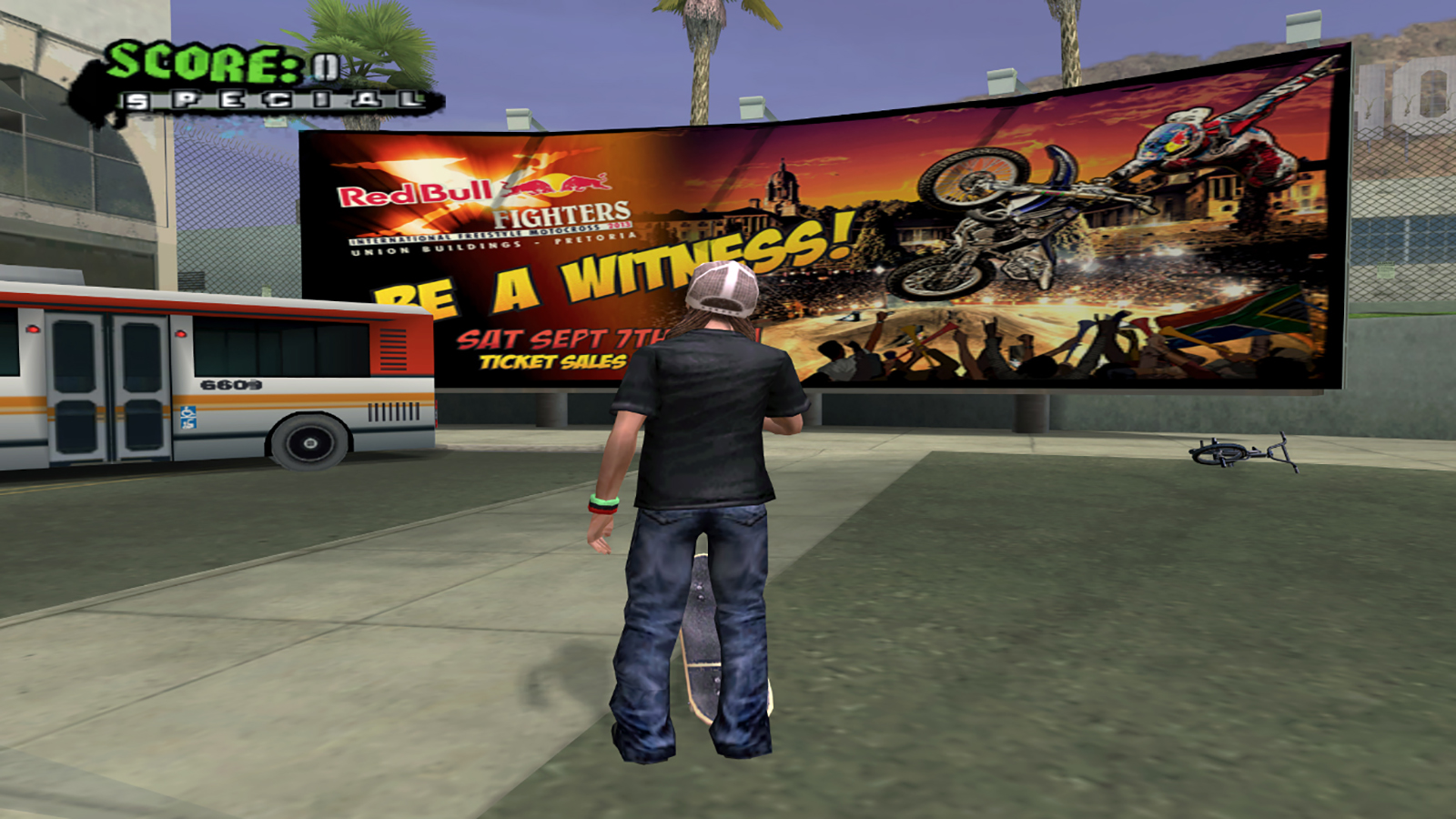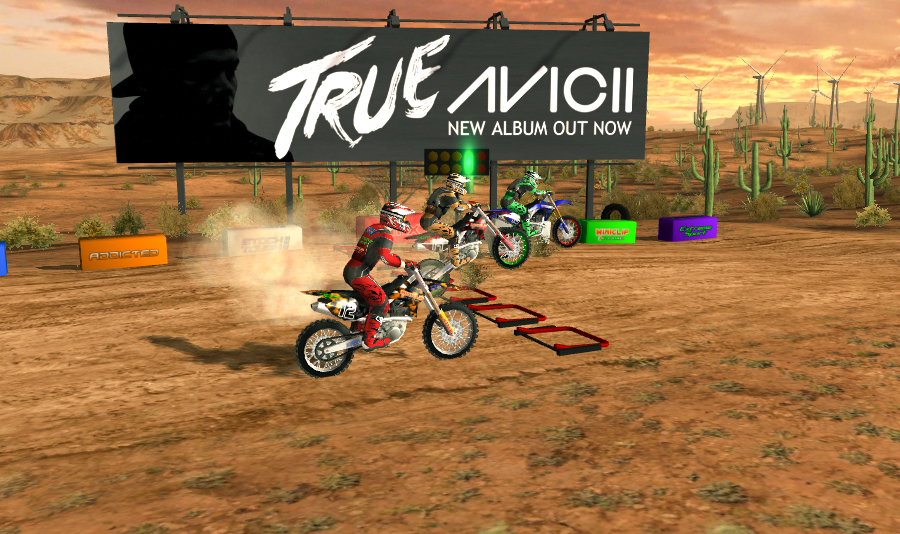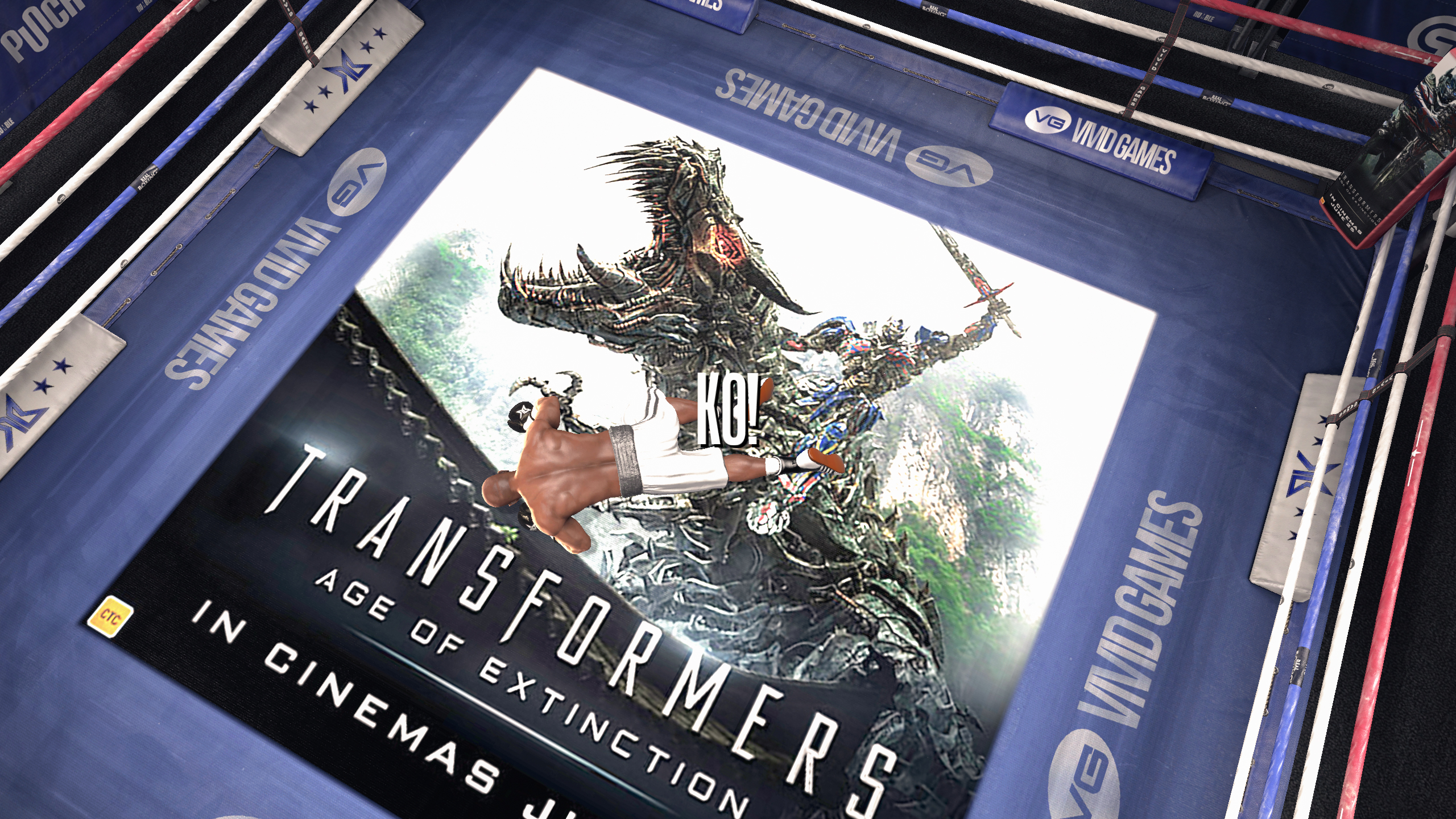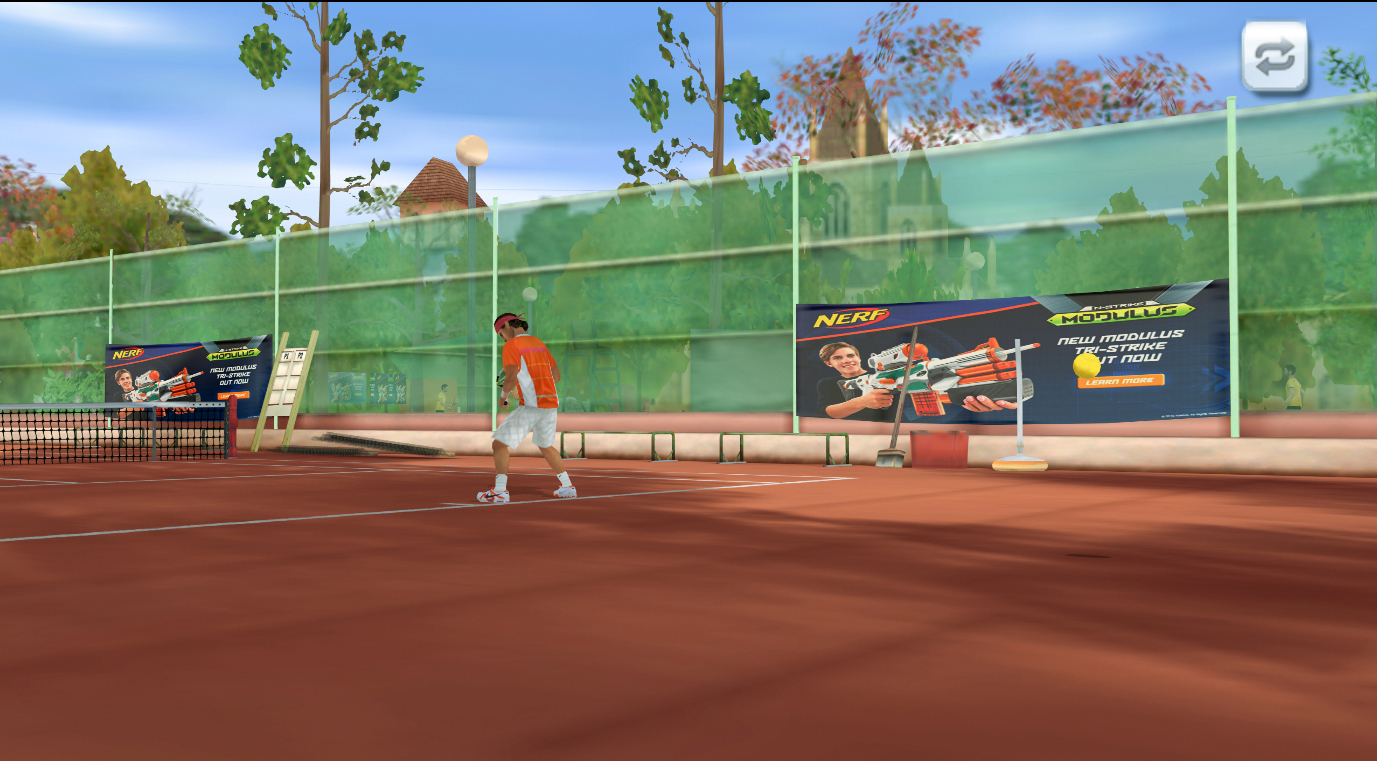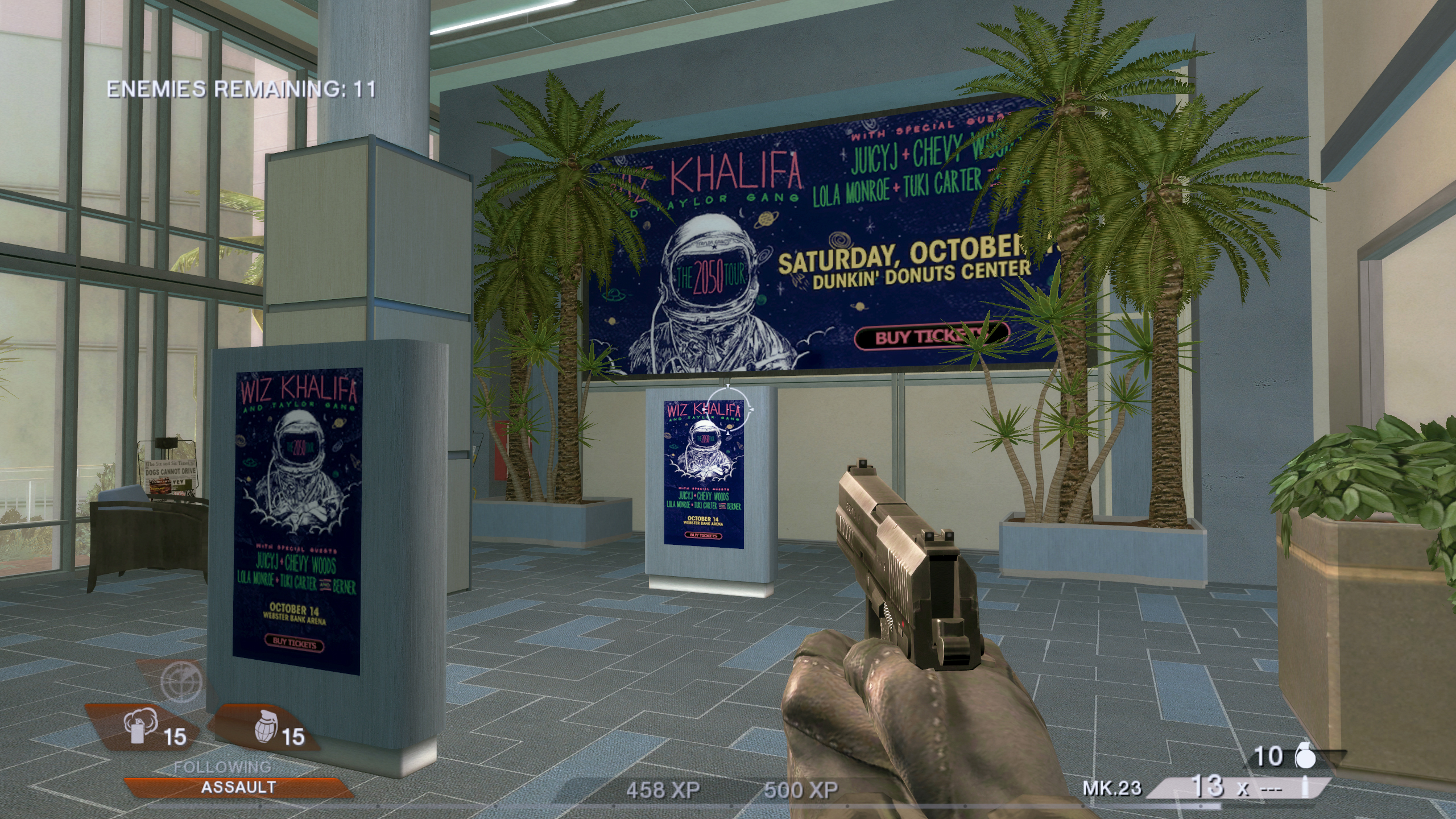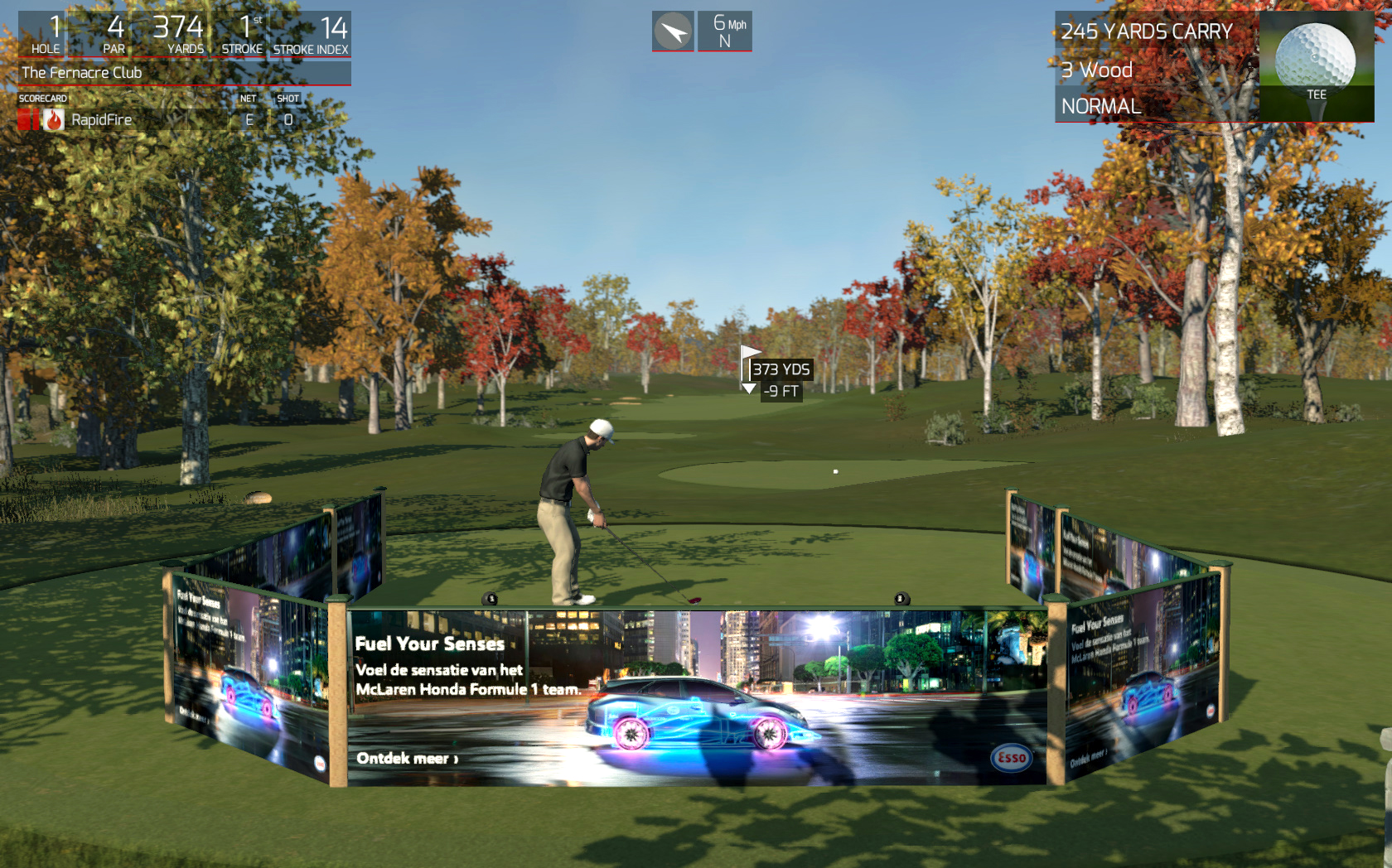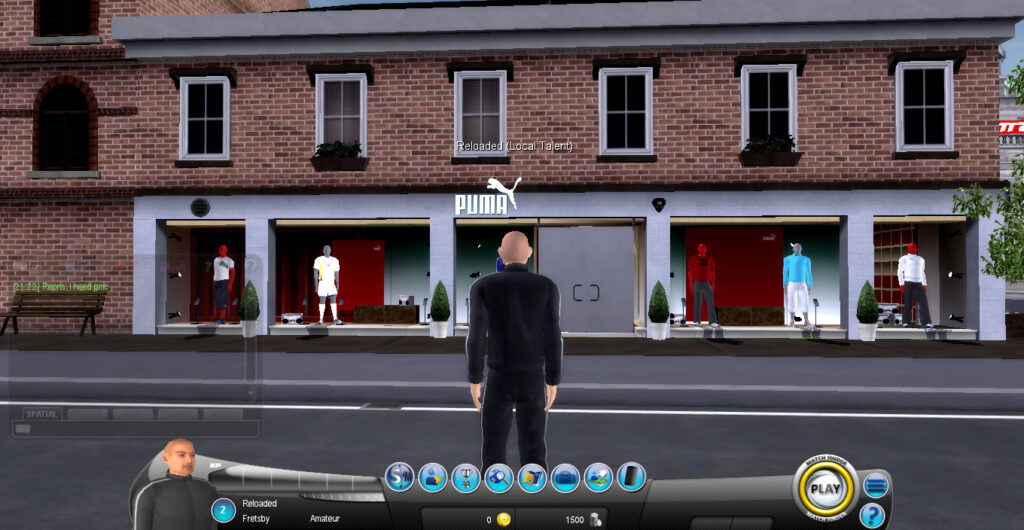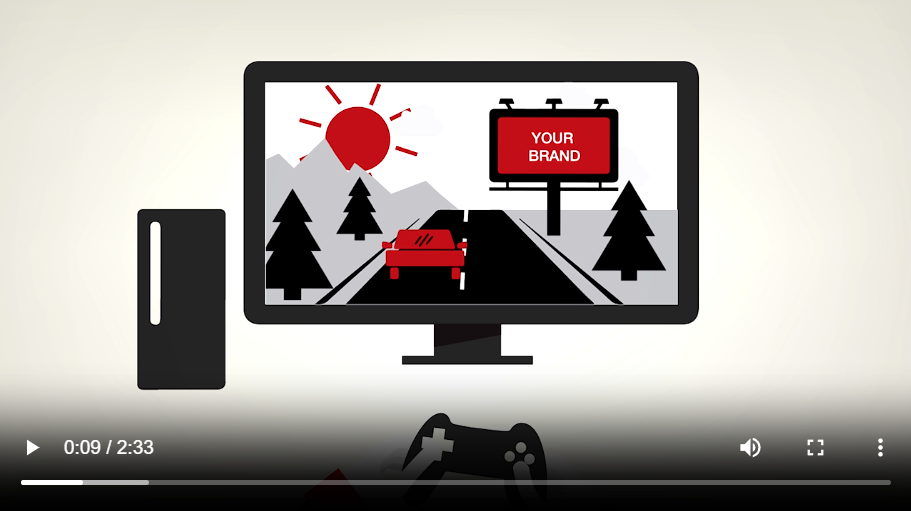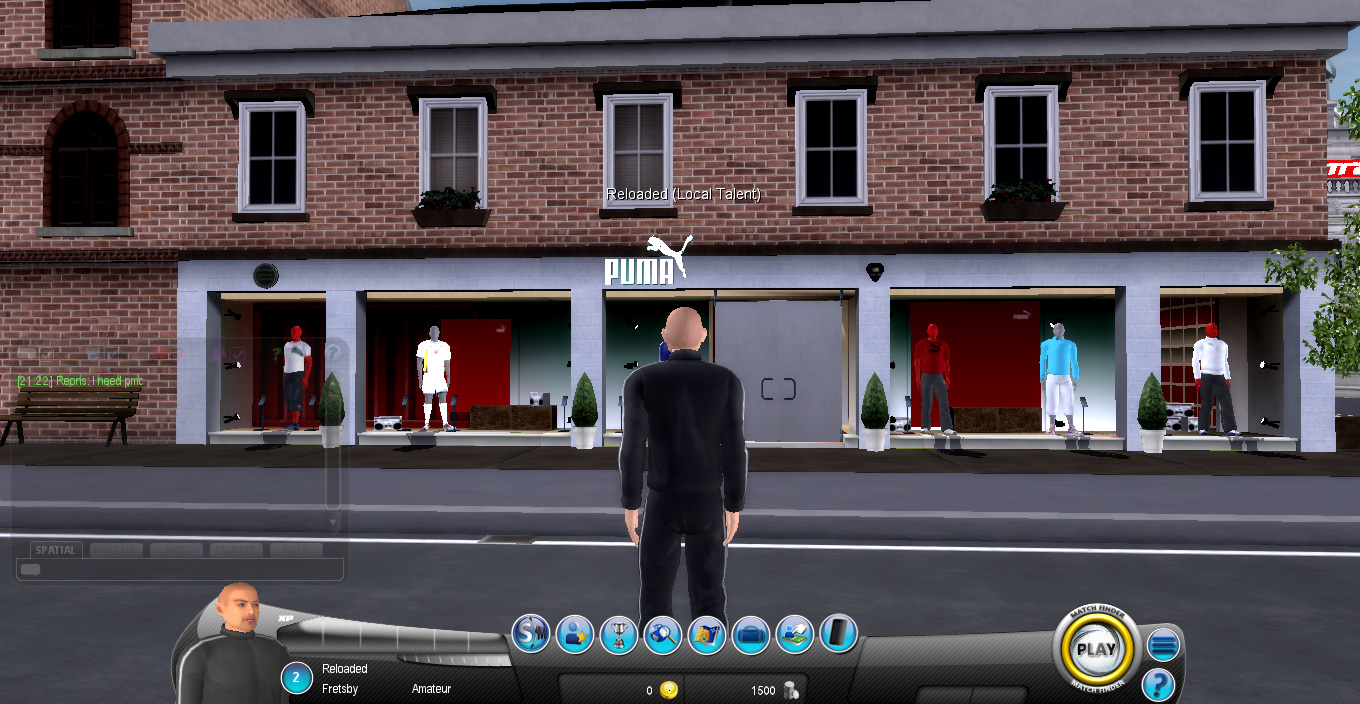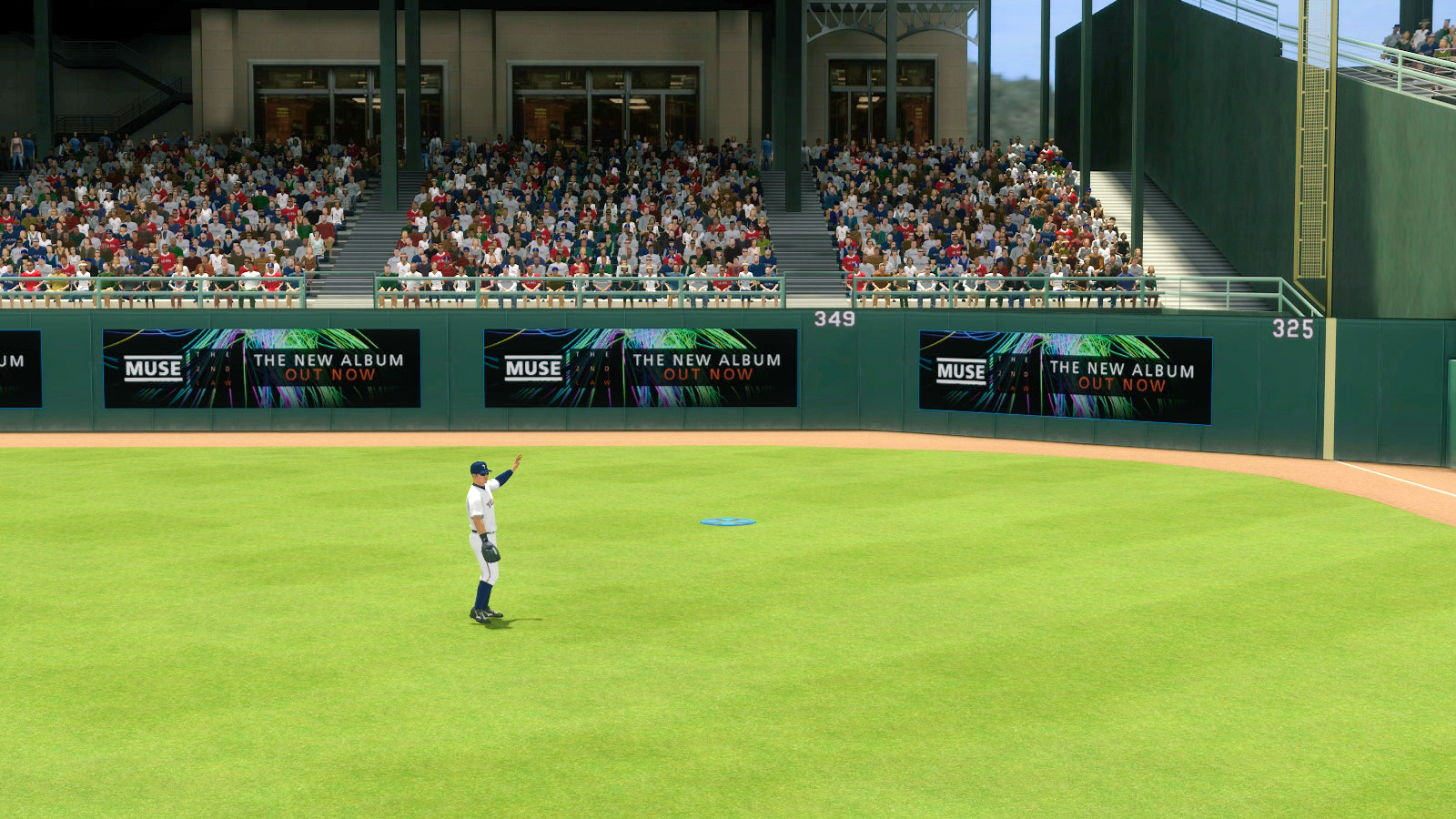What many people might not know, is that there are a few types of in-game advertising. The two most prominent types are ‘dynamic in-game advertising’ and ‘static in-game advertising’. In this blog post, we’ll take a look at how these two types of in-game advertising drastically differ from one another in the amount of preparation time needed in order to launch an ad campaign.
Dynamic in-game advertising is the type of in-game advertising that can be implemented, updated, or changed in real-time. It popularly takes the form of placements such as billboards, posters, and hoardings situated throughout a 3D video game environment. There is virtually no lead time involved with dynamic in-game advertising – once a client signs a booking order and sends over their ad banners/creatives, then the ads can get delivered into a game environment immediately. There is absolutely no development or programming needed at all for a dynamic in-game ad campaign to launch. What is needed however is an Ad Server, which is a tool that can stream 2D image ads inside any video game that has integrated a reciprocally configured SDK (Software Development Kit). The ad server is a fantastic tool, because among other capabilities, it allows for geo-targeting and frequency capping, which are two requirements/capabilities that most brands and media buyers request before running any type of digital advertising campaign. Once an advertiser’s banners are uploaded to an in-game ad server, then the advertisements can be viewed by players around the World in a matter of minutes.
Below we’ve included some screenshots of a dynamic in-game advertising campaign for Disney XD / Sky Television Italy inside of the hit video game Skate 3.
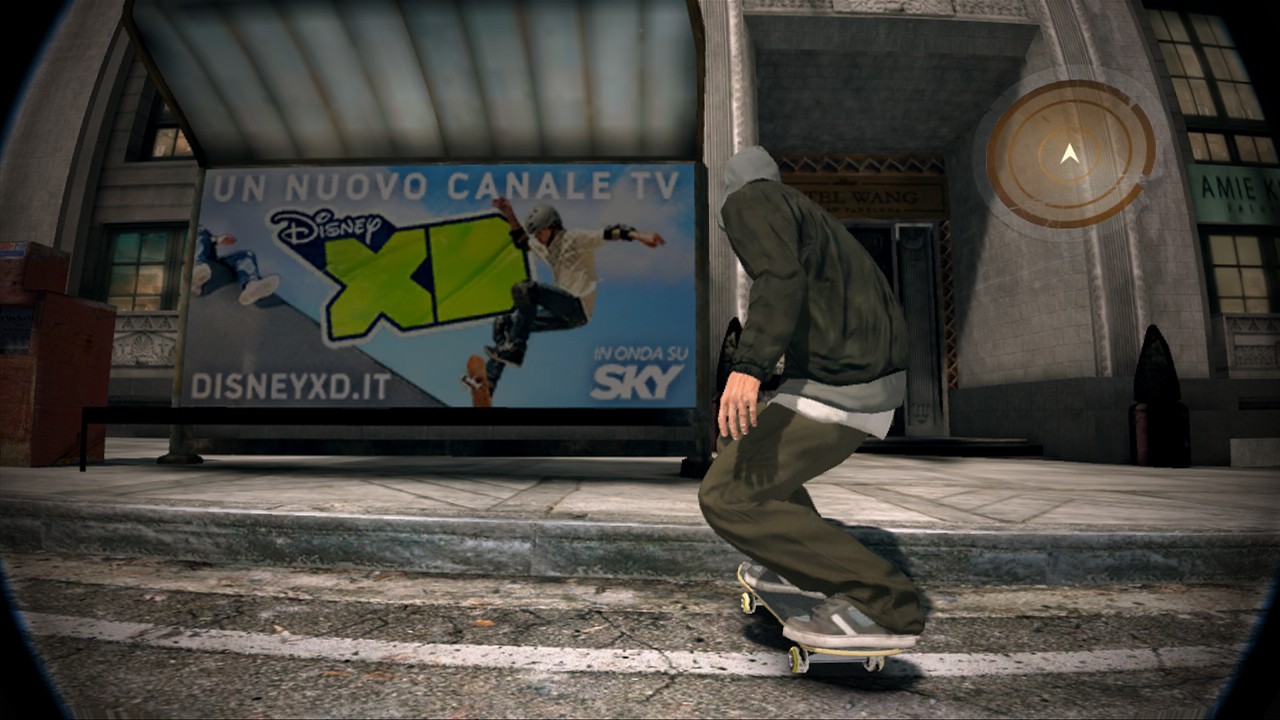
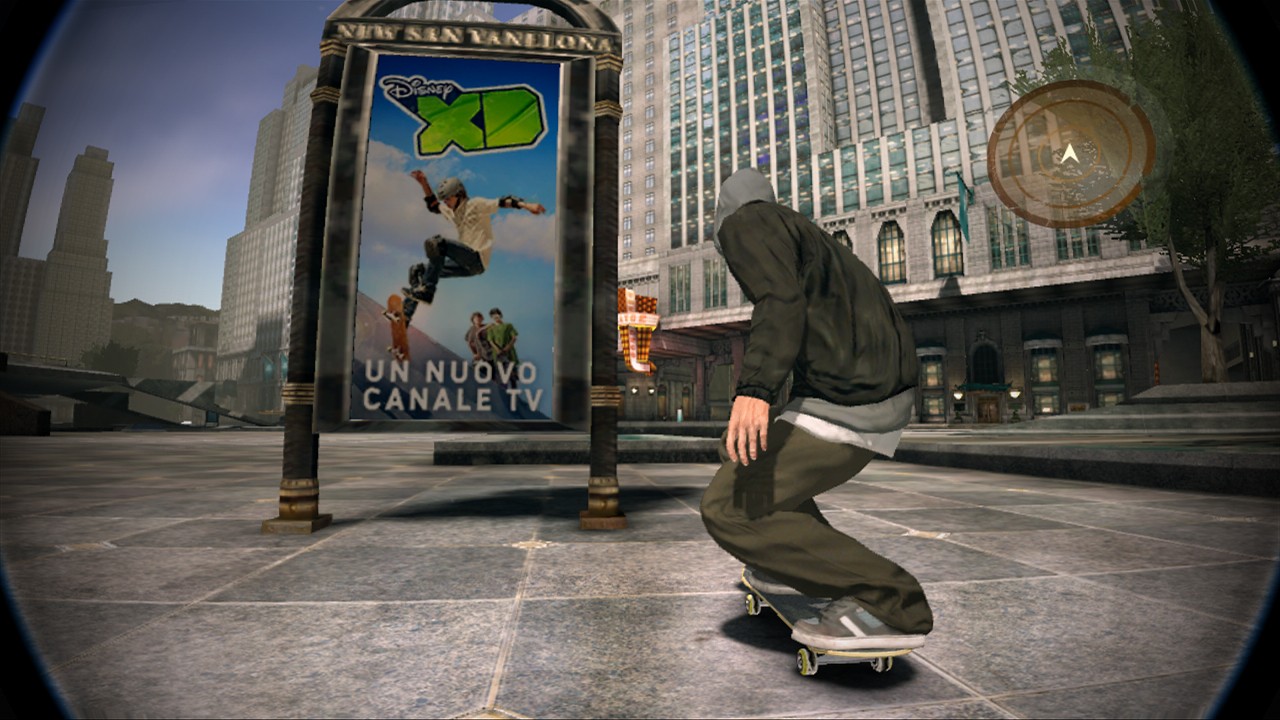
Static in-game advertising is typically what most people think of when visualizing or conceptualizing in-game advertising. Static in-game ads are programmed directly into a video game, and is done so during the development and production stage of a game’s life-cycle. It can be compared to product placement in films and tv shows, in that the ads are hardcoded into a game and are usually integral parts of the storyline of a video game. With static in-game ads, substantial lead times are required in order to launch and execute an ad campaign. It’s not unusual for a complete timeline of 6-12 months from initial concept to actually seeing the final product inside a live video game.
Below we’ve included some screenshots of a static in-game advertising campaign for T-Mobile inside of the hit video game Skate 3.
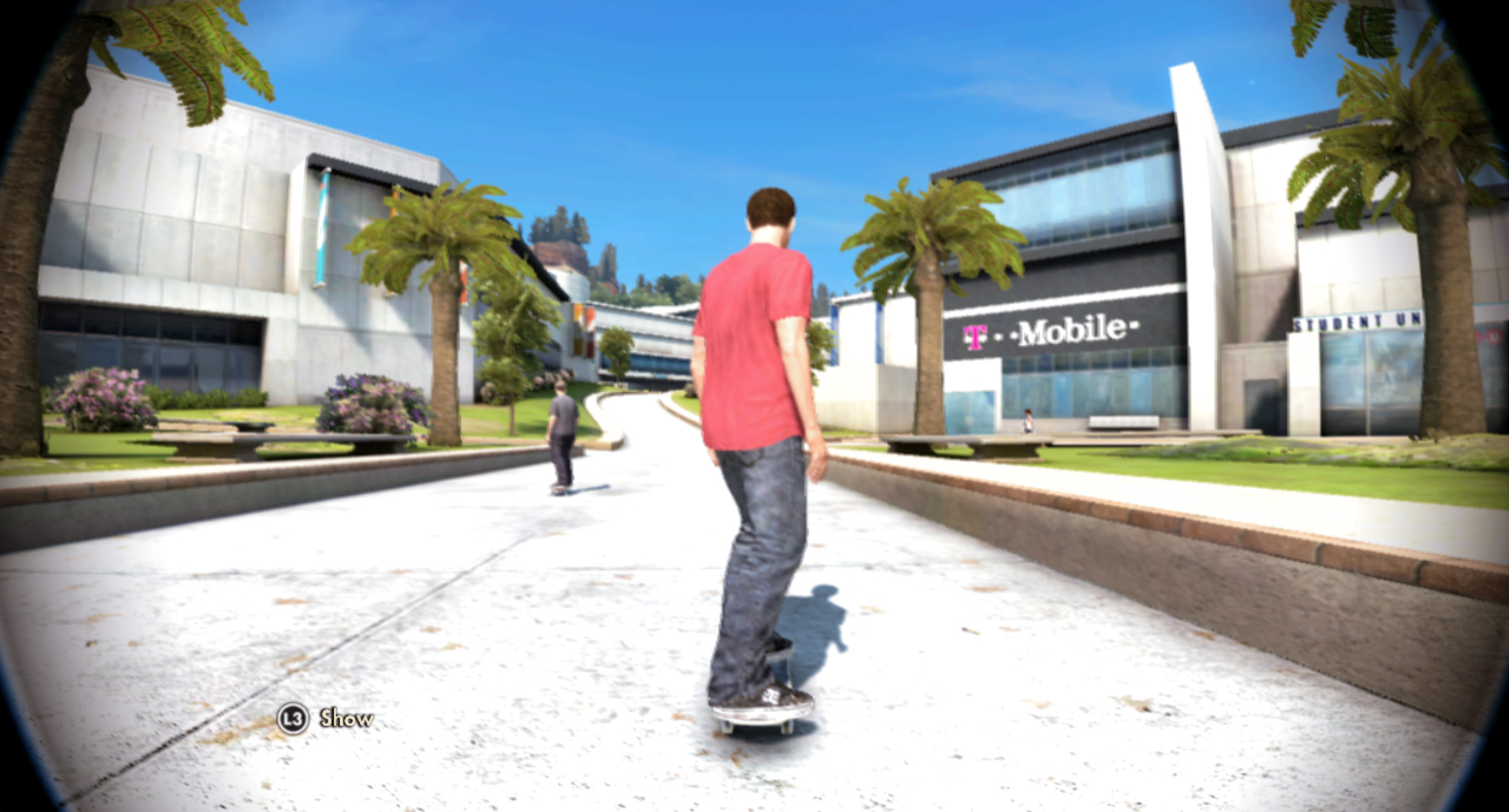
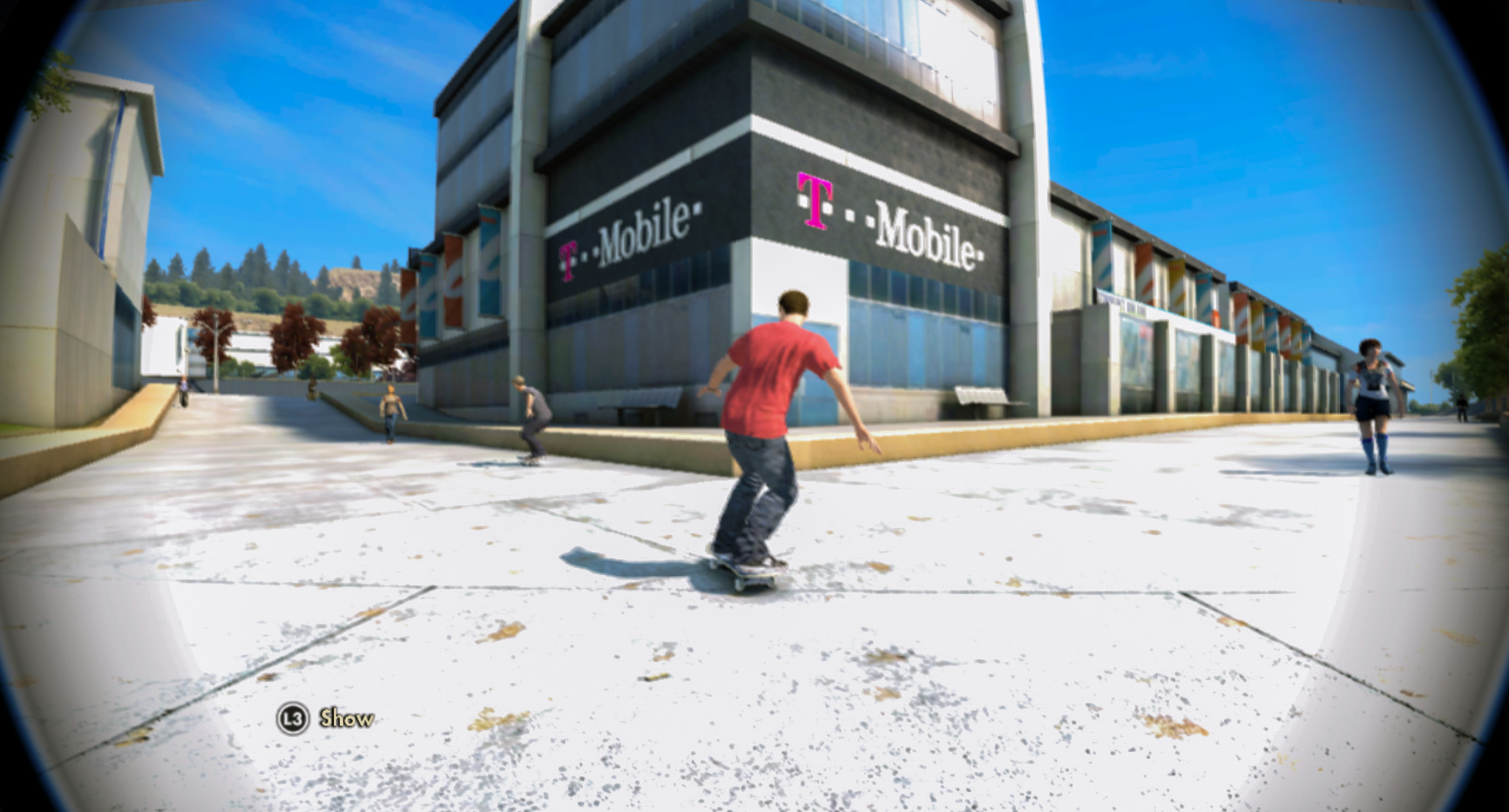
Depending on what the goals of a company’s advertising campaign are, will dictate which in-game advertising channel is most appropriate. For example dynamic in-game advertising campaigns would be best suited for time sensitive promotions such as a theatrical movie release or an album launch, or even a short seasonal ad campaign lasting 2-3 weeks in length. Whereas static in-game advertising would be best suited for campaigns looking to build long-term brand awareness and more of a customized experience for gamers.
To learn more about in-game advertising or to run a campaign, contact us at https://www.rapidfire.com/contact-us/
Dynamic in-game advertising is the type of in-game advertising that can be implemented, updated, or changed in real-time. It popularly takes the form of placements such as billboards, posters, and hoardings situated throughout a 3D video game environment. There is virtually no lead time involved with dynamic in-game advertising – once a client signs a booking order and sends over their ad banners/creatives, then the ads can get delivered into a game environment immediately. There is absolutely no development or programming needed at all for a dynamic in-game ad campaign to launch. What is needed however is an Ad Server, which is a tool that can stream 2D image ads inside any video game that has integrated a reciprocally configured SDK (Software Development Kit). The ad server is a fantastic tool, because among other capabilities, it allows for geo-targeting and frequency capping, which are two requirements/capabilities that most brands and media buyers request before running any type of digital advertising campaign. Once an advertiser’s banners are uploaded to an in-game ad server, then the advertisements can be viewed by players around the World in a matter of minutes.
Below we’ve included some screenshots of a dynamic in-game advertising campaign for Disney XD / Sky Television Italy inside of the hit video game Skate 3.


Static in-game advertising is typically what most people think of when visualizing or conceptualizing in-game advertising. Static in-game ads are programmed directly into a video game, and is done so during the development and production stage of a game’s life-cycle. It can be compared to product placement in films and tv shows, in that the ads are hardcoded into a game and are usually integral parts of the storyline of a video game. With static in-game ads, substantial lead times are required in order to launch and execute an ad campaign. It’s not unusual for a complete timeline of 6-12 months from initial concept to actually seeing the final product inside a live video game.
Below we’ve included some screenshots of a static in-game advertising campaign for T-Mobile inside of the hit video game Skate 3.


Depending on what the goals of a company’s advertising campaign are, will dictate which in-game advertising channel is most appropriate. For example dynamic in-game advertising campaigns would be best suited for time sensitive promotions such as a theatrical movie release or an album launch, or even a short seasonal ad campaign lasting 2-3 weeks in length. Whereas static in-game advertising would be best suited for campaigns looking to build long-term brand awareness and more of a customized experience for gamers.
To learn more about in-game advertising or to run a campaign, contact us at https://www.rapidfire.com/contact-us/


